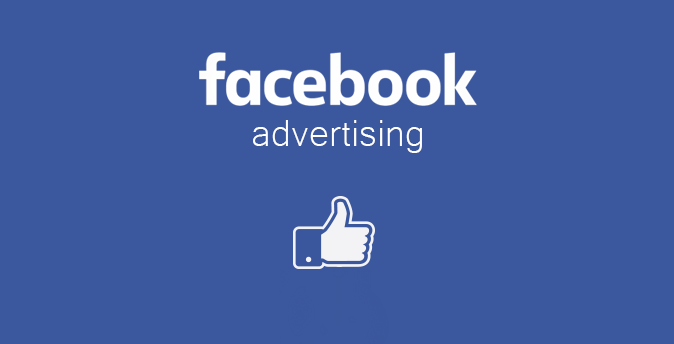
This month, social media giant Facebook has very discreetly made their users aware that they can now control an advertiser’s ability to show ads to them through a Custom Audience list.
On a January 9th post made via their corporate blog titled “Expanded Transparency and More Controls for Political Ads,” Facebook informed users that they were implementing new features that would allow them to see fewer political and social ads on both Facebook and Instagram.
“People have always been able to hide all ads from a specific advertiser in their Ad Preferences or directly in an ad,” Facebook wrote on the blog post. “But now they will be able to stop seeing ads based on an advertiser’s Custom Audience from a list.”
These recent changes are a major win for users as Facebook has slowly begun to enforce policies that make their exposure to such ads more transparent and optional. Users are now given more personal power to opt-in and out of ads that appear on their page at their own choice. Rather than arguably passive-aggressive features that Facebook previously implemented to still give control to advertisers, users can now better decide for themselves what types of ads they want solicited to them.
This comes after Facebook CEO Mark Zuckerberg received criticism for not committing the company to fact-check political ads. Now, users have the agency to remove them from their page altogether — something that was not granted to them before.
Translation: Serial online marketers on Facebook who have boasted huge profits from such Custom Audience features might have to reevaluate their strategies altogether now.
Facebook’s road to user transparency regarding their advertising policy has been a long-time coming after a past year of government hearings, public complaints, and ongoing controversy.
In April 2019, Facebook began to give users the heads-up in the form of implementing the “Why Am I Seeing This Ad?” feature. Although this was a step in the right direction in regards to transparency, this did nothing to stop the ads from directly targeting consumers. Facebook would later that year enforce that advertisers be more forthcoming of their targeting when they updated their terms surrounding Custom Audience features. “When uploading a customer file, advertisers will need to indicate whether the information was collected directly from people, provided by partners, or a combination of the two,” Facebook wrote on their corporate blog in July 2019. “When ad targeting is done well, it provides value to both people and businesses. We hope these updates will make it easier for businesses to advertise efficiently and effectively, while providing more transparency to people.”
Overall, it’s become clear that public pressure and accountability has put Facebook in a position to be more forth-coming with their policies, terms, and procedures regarding their user’s experience. Although not widely talked about in the media, Facebook giving their users this kind of agency in denying advertisements is a notable push in a time where democratic values are under attack online.

5 Responses to You Can Now Hide Ads via Custom Audience Lists on Facebook